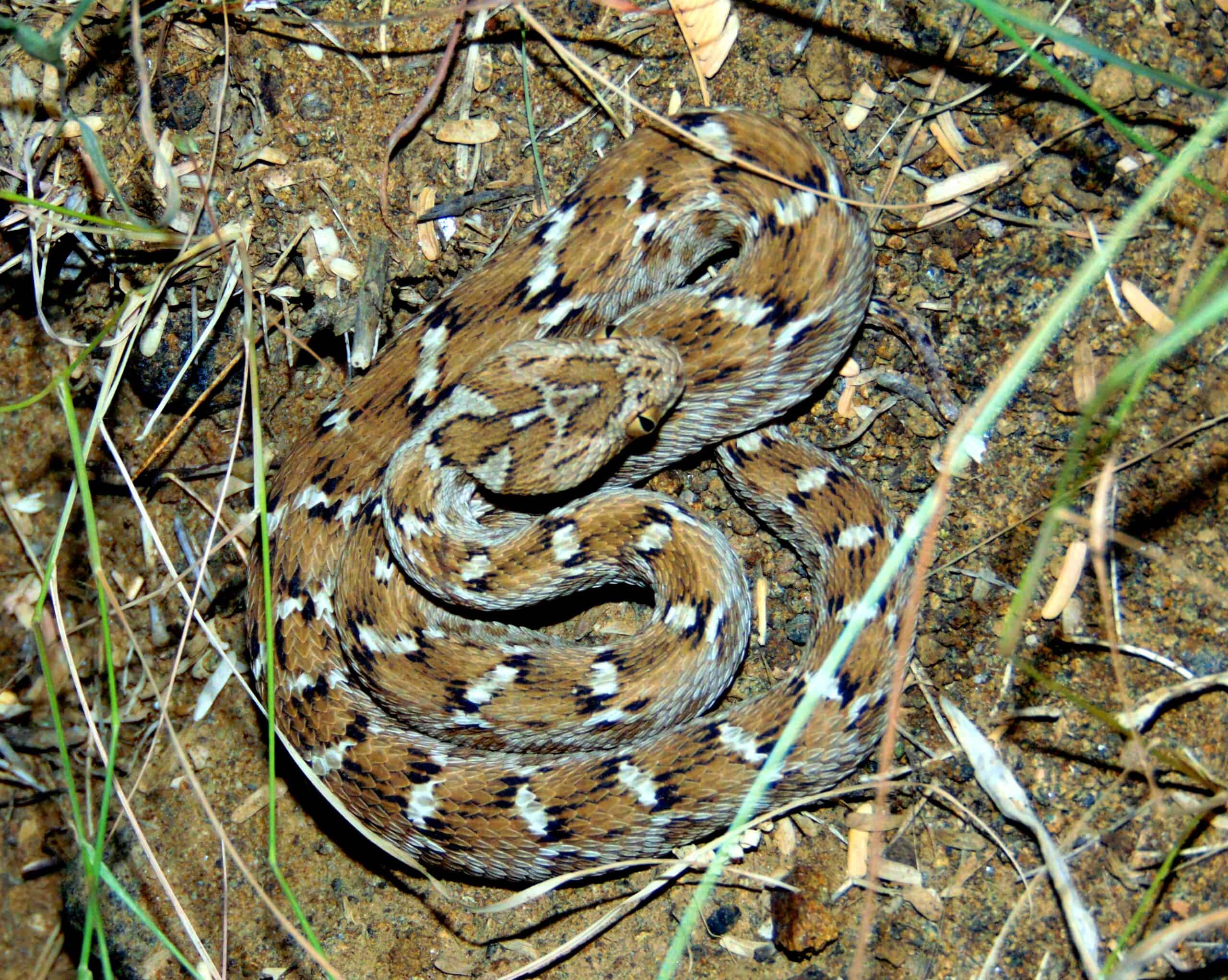Share this article
For some butterflies, reason for wing adaptation is clear
Some butterflies have a clear means of protection, and predators can see right through it.
According to new research, clearwing butterflies have evolved these transparent traits in order to avoid detection in environments where pressure from predators is high.
“Transparency in general is very common in open water habitats where there is nowhere to hide, but it’s rather rare on land,” said Mónica Arias, a postdoctoral researcher at the Center of Functional and Evolutionary Ecology in Montpellier and the lead author of a study published recently in Functional Ecology. “It’s clear that transparency is reducing the detectability in terrestrial prey.”
Clearwing moths and butterflies are found widely around the world, and have evolved the trait independently in many cases. Some species have even evolved a dead leaf mimicry in which parts of their wings are transparent. This recreates the appearance of holes in dead leaves, allowing them a better ability to blend in with their surroundings.
In all cases, Arias said, the traits probably enhance their crypsis — the ability to avoid detection by predators.
In order to conduct their experiment, the researchers used four different butterfly species that had roughly the same appearance, but their wings had different degrees of clarity, from regular, colorful wings to entirely clear except for some color on the wings’ borders. These included Hypothyris ninonia, Ceratinia tutia, Ithomia salapia aquina, and Brevioleria seba. These particular species were gathered from the Amazon in Peru.
The team attached wings from dead individuals of the four butterfly species to mealworms (Tenebrio molitor) and distributed them randomly in large outdoor enclosures with natural light. They then released wild-caught great tits (Parus major) and recorded which species they consumed more often.
They found that the birds were much more likely to consume the prey with solid colors compared to the clearwing species.
The researchers also conducted tests to determine which butterfly wings were more visible to humans. The researchers attached butterflies with wires in the Montpellier Botanical Garden and found that humans also saw the more colorful and opaque species more often than the clearwing species.
It’s strange that these butterflies developed this extra defense, Arias said, since many are already venomous to the predators that typically prey on them. In fact, the very development of bright colors is often a signal to potential predators that a creature is venomous — a phenomenon referred to as aposematism.
But predators tend to learn not to eat bright animals only after they’ve eaten them and dealt with the venom or bad tastes they produce. Arias speculates these butterflies developed clear wings in places with so many predators that the eat-and-learn strategy wouldn’t be enough protection.
“Transparency can be helpful under very high predation pressures where even other antipredator strategies might not work as well,” she said.
Arias said that many insects like flies or dragonflies evolved clear wings early in their development as a species, but most butterflies are usually the exception to this rule. In the case of clearwing butterflies, it appears that they have reverse-evolved this trait after first evolving wings with colors.
Header Image: A glasswing butterfly (Greta morgane oto) appears on a leaf in the Huasteca Potosina region of Mexico. Research shows that butterflies like this developed clear wings to better elude predators. ©Joshua Learn








